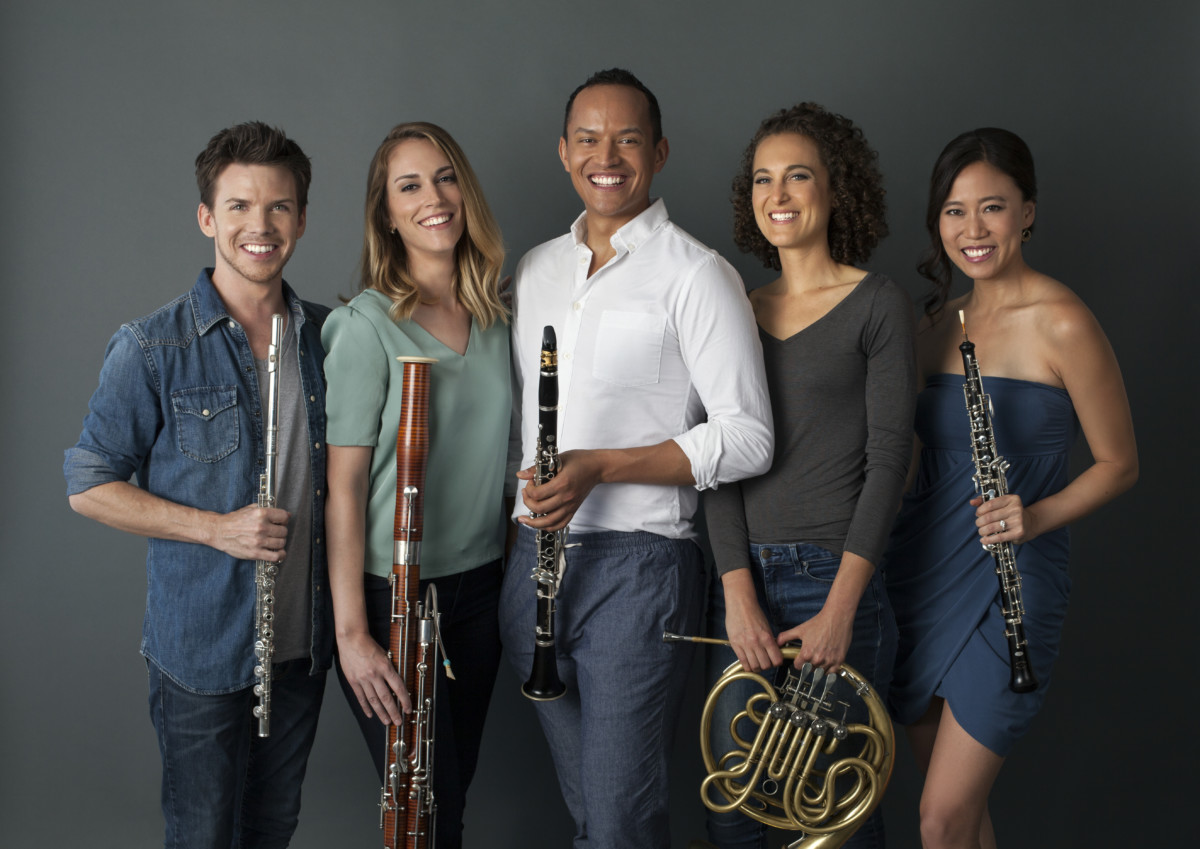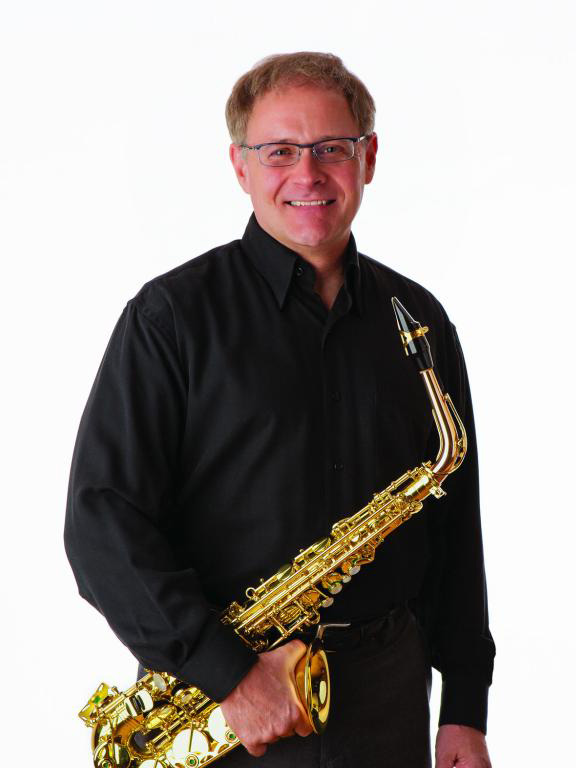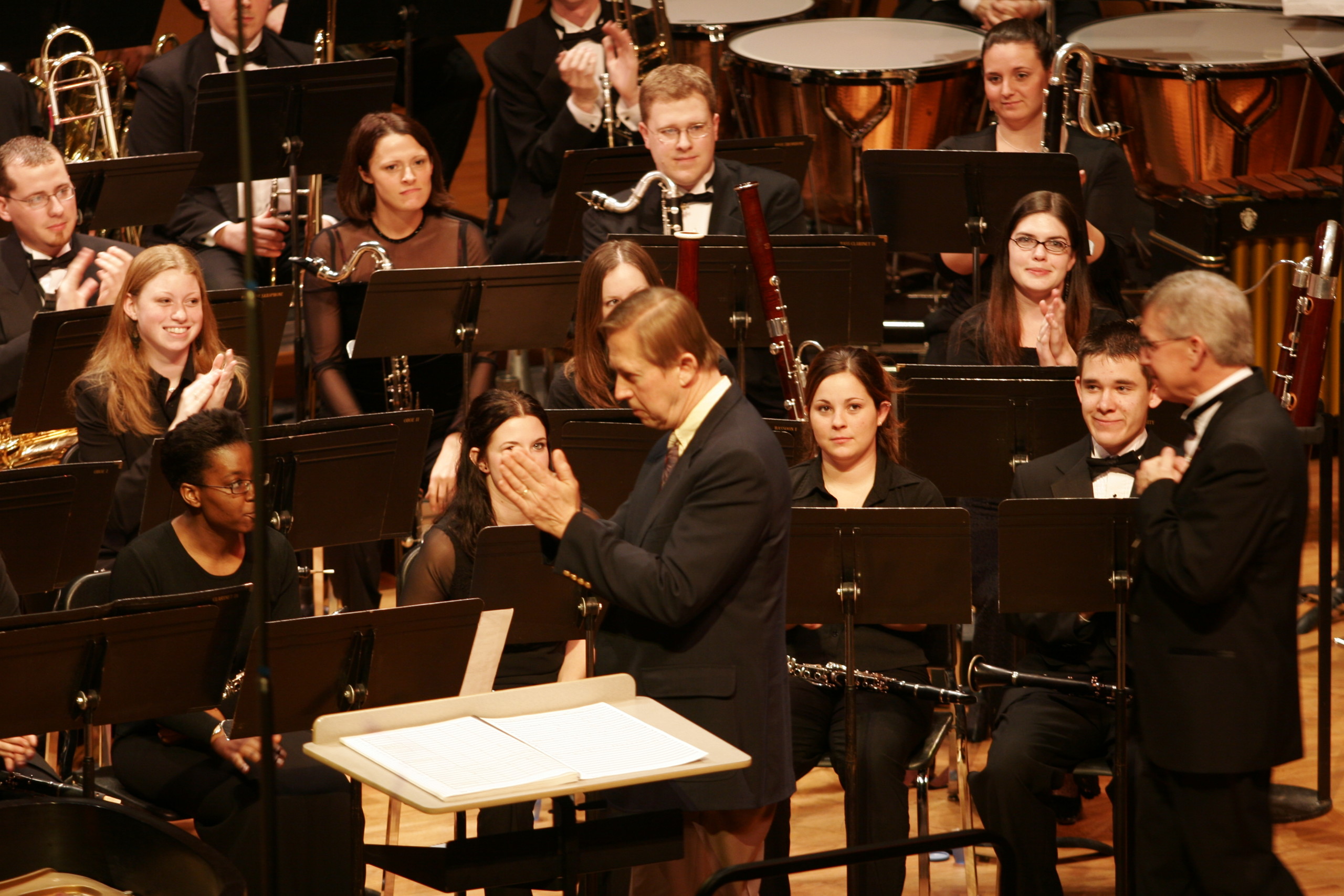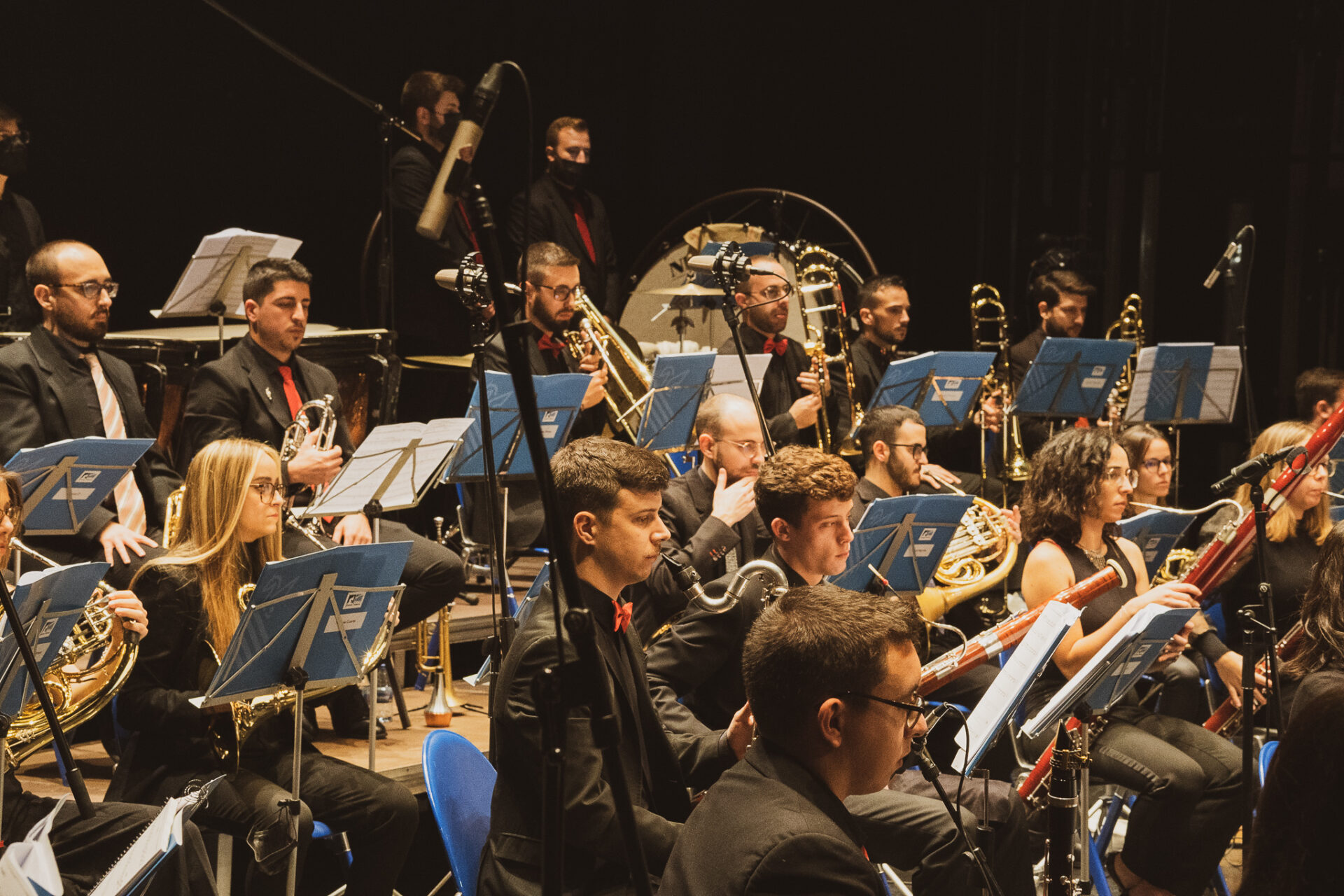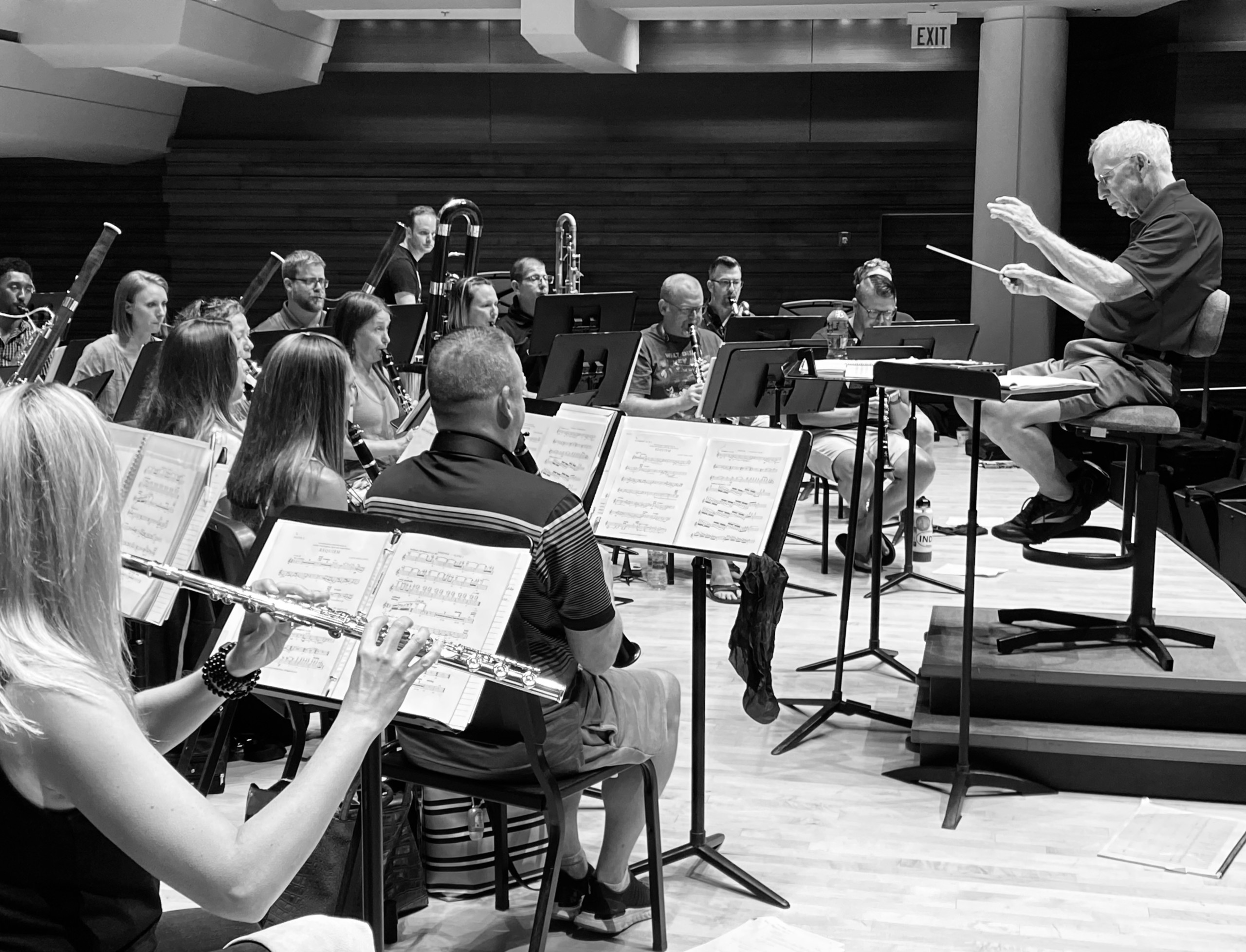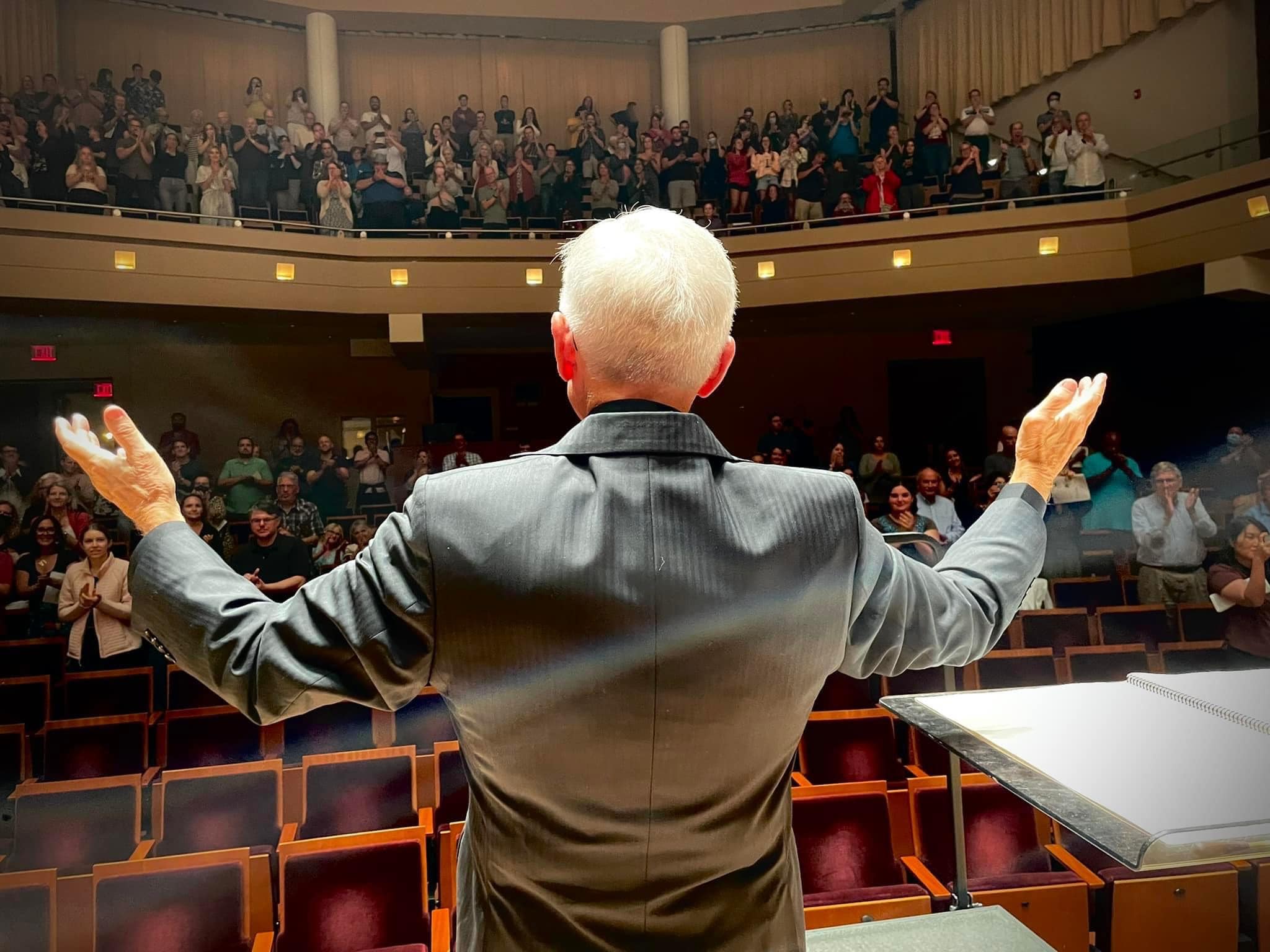Maslanka Weekly highlights excellent performances of David Maslanka’s music from around the web.
Most people are unaware that David Maslanka wrote over sixty pieces of chamber music. Of those compositions Maslanka wrote four wind quintets, each with three movements. This week, we feature sublime performances of the first movement of Quintet for Winds No. 3, the first movement of Quintet for Winds No. 1, and the entirety of Quintet for Winds No. 2.
Quintet for Winds No. 3, Movement I
Maslanka says, “The first movement of Quintet No. 3 opens with the chorale ‘Ihr Gestirn ihr hohlen Lüfte’ (‘Your stars, your cavernous sky’). The movement is a ‘continuous play’ kind of piece. After the chorale there is a sharply contrasting first theme, which works its way over time into a second theme, and this becomes the subject of a shortened very pushy set of variations. There is a restatement of the first theme, and the movement ends with a blunt presentation of a new chorale: ‘Christe, der du bist Tag und Licht’ (‘Christ, you are day and light’).” Watch below as WindSync gives a fabulous performance of this movement.
More info
- WindSync
- Quintet for Winds No. 3 @ davidmaslanka.com
Quintet for Winds No. 1, Movement I
According to Maslanka, “Quintet for Winds No. 1 was composed in 1984 for the Manhattan Wind Quintet, and premiered by them at Symphony Space in New York City. The music has no particular story to tell, and might be considered a short symphony for five players. There is a character of mystery about the music. Ideas are deceptively simple, even innocent-sounding, yet each movement unfolds with an increasing depth and dramatic urgency. Each is a life story without words.” Watch below as the Aspen Winds give an amazing performance of the first movement of this work.
More info
- Aspen Winds
- Quintet for Winds No. 1 @ davidmaslanka.com
Quintet for Winds No. 2
The following is from David Maslanka’s own program notes for Quintet for Winds No. 2:
“Like Quintet No. 1, it is in three movements, yet the progression of attitudes is quite different. The movement through the entire piece shifts by degrees from an assertive, technically demanding character to music that is quite placid and ethereal.
The first movement is, for the most part, aggressive and driving. Its exposition consists of a number of relatively brief ideas sharply intercut. The center of the movement is a complete fugue employing a number of traditional devices including retrograde, inversion, and retrograde-inversion of the subject, rhythmic augmentation and diminution, and stretto. The recapitulation consists of a quiet and thoughtful reworking of the introduction to the movement and an evolution of one of the short ideas from the exposition.
The second movement has an underlying attitude of mystery and elusiveness. The pleasant and lulling quality of the opening gives way to a much more emotional and demanding music. The recapitulation further evolves the soothing character of the beginning, and the coda effects a mysterious disappearance.
The third movement is a chaconne, a continuous set of variations over a brief repeated harmonic pattern. This radically simple harmonic scheme, laid out in whole notes, persists undisturbed until the coda. Above it unfolds a solo, a duet, a trio, then a drive to the movement’s climactic point. The music then subsides to a restatement of the opening oboe solo, followed by a chorale-like coda that summarizes the entire piece.”
Watch below as the Eclectet Wind Quintet presents a fantastic performance of the entirety of this music.
More info
- Eclectet Wind Quintet
- Quintet for Winds No. 2 @ davidmaslanka.com
We would love to hear from you! If you know of any outstanding performances of David Maslanka’s music on the web, please email us at maslankaweekly@maslanka.org.
